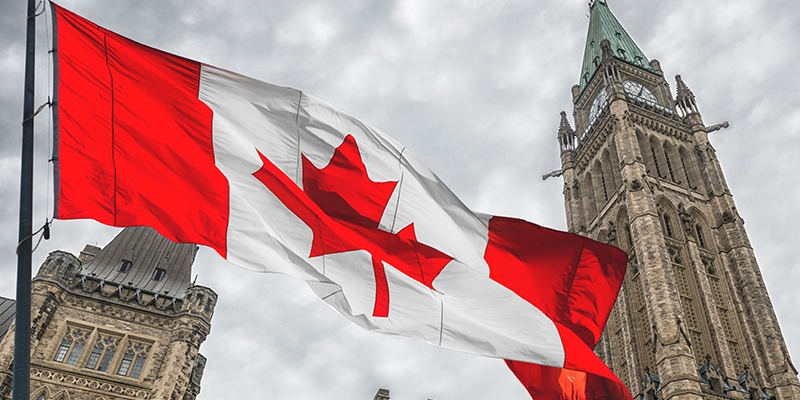Canada’s Challenge in Meeting NATO’s Defence Spending Target

Canada has long been critiqued for its lackluster defence spending. Multiple US presidents, ambassadors, and most recently a senator, have called out Canada’s “feeble commitment” to defence spending (McCarten, 2023). Much of this criticism centres around Canada’s failure to meet its long-standing NATO pledge to spend at least 2.0 percent of gross domestic product (GDP) each year on defence. Most NATO countries do not meet this benchmark, but with the war in Ukraine, NATO’s Secretary General is putting pressure on members to treat the target “as a floor, not as a ceiling” (NATO, 2023d: 50). In response to mounting pressure from its allies, Canada reaffirmed its pledge to reach the 2.0 percent target at NATO’s latest summit in Vilnius (NATO, 2023e).
The problem is Canada is not in a position to come up with the billions of dollars needed to meet the benchmark, and the federal government appears to lack the desire to reach it. Reports suggest that just weeks after reaffirming its pledge, the federal government looked to cut defence spending by $1 billion (Brewster, 2023). Without significant adjustments to planned spending, Canada is stuck in a lose-lose situation: accumulate billions more in debt to reach the target or further disappoint its allies by failing to uphold the renewed pledge.
This essay is part of the Institute’s new series on federal reforms, which provides practical solutions to many of the most pressing economic challenges facing Canada today. The series editors are Lawrence Schembri and Jock Finlayson who jointly hold the Peter A. Brown Chair in Canadian Competitiveness.
Authors:
More from this study
Subscribe to the Fraser Institute
Get the latest news from the Fraser Institute on the latest research studies, news and events.



